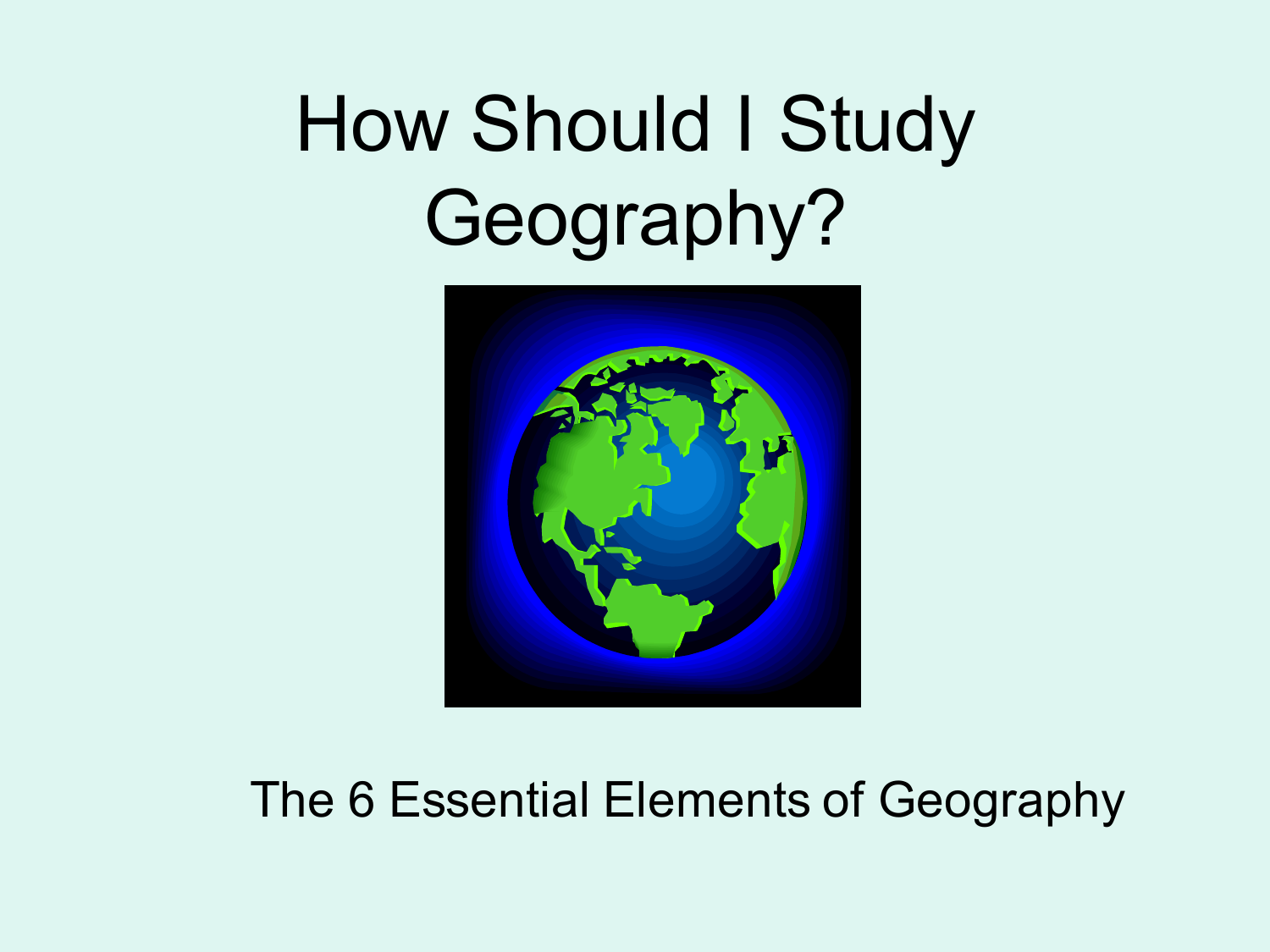

The growth of passenger and freight mobility has expanded the role of transportation as a source of emission of pollutants. Further to these emissions, there are environmental impacts unique to transportation, such as the procurement, refining, and distribution of fossil fuels and noise emitted by transport operations with conveyances and terminals. The transport sector, including all modes, accounts for about 22% of global CO2 emissions, with this share being around 25% for advanced economies such as the United States. Transportation and the environment can thus be perceived as a system with retroactive effects. Further, environmental conditions affect transportation systems regarding operating conditions and infrastructure requirements such as construction and maintenance (see Transportation and the Physical Environment for a review of these constraints). On one side, transportation activities support increasing mobility demands for passengers and freight, while on the other, transport activities are associated with environmental impacts that can have negative effects.

The issue of transportation and the environment is paradoxical since transportation conveys substantial socioeconomic benefits, but at the same time, transportation is impacting environmental systems. The Issue of Transport and the Environment The dispersal-related effects of geographic fragmentation and accessibility exemplify regional controls that combine with local ecological sorting to determine local species richness.Transportation systems, from infrastructures to vehicle operations, have environmental impacts ranging from noise, the emission of pollutants to climate change. We conclude that local tree assemblages in Europe often fail to realize a large proportion of the potential richness held in the regional species pool, partially reflecting their geographical, historical, and environmental circumstances. We also identified fairly broad support for the predicted effect of accessibility. There was considerable variation among the three R/P richness ratio estimates, but we found consistent support for a negative effect of regional geographic fragmentation and a positive topographic effect. We predicted that the R/P richness ratio would 1) increase with decreasing distance from glacial refugia (accessibility), 2) and be generally low in geographically fragmented southern Europe because of dispersal limitation 3) increase with actual evapotranspiration because greater availability of water and energy promotes local population persistence and 4) increase with topographic heterogeneity because it promotes local species coexistence and facilitates long-term species survival.
#Co element affects on geography drivers
Using these three estimates separately and in a combined ensemble estimate, we then analyzed the effects of potential drivers on R/P richness ratios.
#Co element affects on geography how to
Because no consensus exists on how to estimate potential richness, we estimated it using three different approaches. the realized/potential (R/P) richness ratio. We first identified species pools that tolerate particular local environments and quantified the proportion of the pool that is present locally, i.e.

Using the European tree flora as our study system, we implemented a novel approach to assess the relative importance of local and regional mechanisms that control local species richness. However, immigration and the evolutionary and historical factors that shape regional species pools should also contribute to determining local species richness because local communities arise by assembly from regional species pools. Environmental conditions and biotic interactions are generally thought to influence local species richness.


 0 kommentar(er)
0 kommentar(er)
